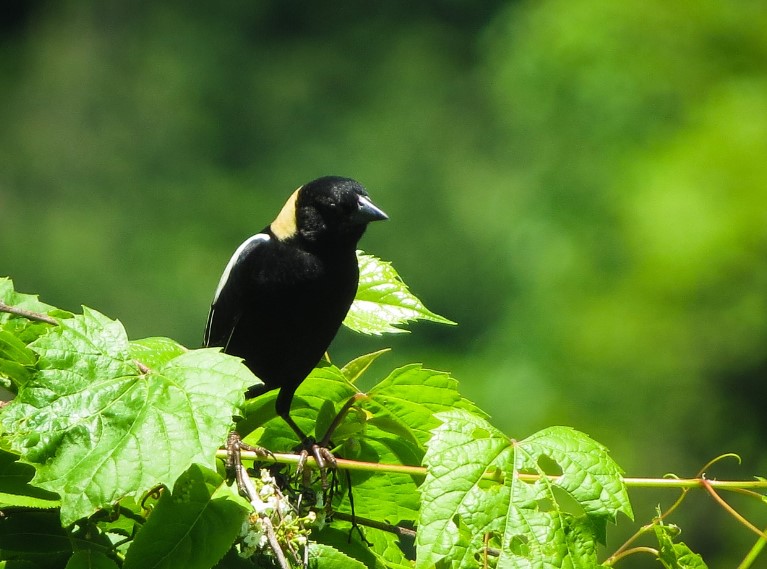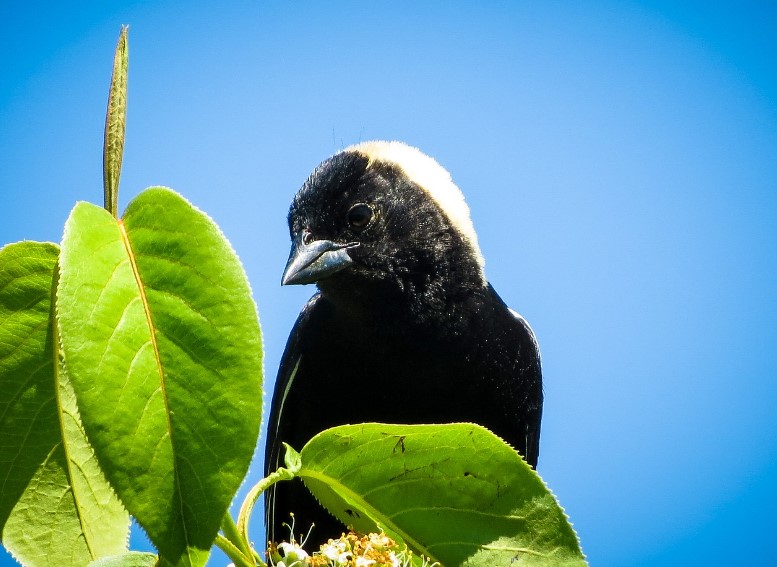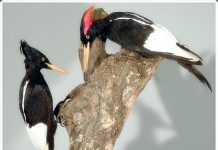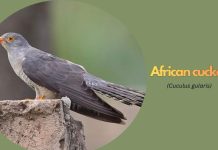Bobolink song is characterized by a unique and unmistakable sound, as interesting as their plumage. Bobolinks naturally flit around branches of trees and brush in meadows; where they produce an enthralling range of chirps, whistles, and beeps. The bird is featuring vibrant black feathers and elegant white accents, making it a strikingly beautiful bird.
If you see at the back of their heads, they have white plumage resembling a helmet or crown. Bobolinks foraging on seed-bearing weeds in open yards may be possible if there are grassy pastures or overgrown fields near your home. You would be lucky to observe the sounds of bobolinks.
Bobolink song dialects are extremely localized. Within a much localized geographic area, birds may share songs, but outside that range, the songs may be different greatly. During his first breeding season, a male Bobolink might acquire his songs by copying the songs of an older male, which could explain this localized dialect. There is a possibility, that the song of a Bobolink will most likely be learned from its parents.

Harold Arlen and Yip Harburg sing a song called Evelina from Bloomer Girl in which the bobolink is mentioned.
Evelina, won’t ya ever take a shine to that moon?
Evelina, ain’t ya bothered by the Bobolink’s tune?
-
The musical Camelot mentions the bobolink as well. The words were written by Alan Jay Lerner.
-
According to Warren Zevon, Billy Bob Thornton mentions the bobolink in his song, “The Wind.”
Bent explains Bobolink’s song in 1957.
“A shorter beta variant and an alpha variant make up the primary song of Bobolinks. The song they produce can’t even be reproduced by a mockingbird. Therefore, like a sparkling accent, the Bobolink music flows from the gifted throat in ecstatic delirium. As a bird lover, when you listen to Bobolink’s song, it is difficult to describe it in words or by any means. In his opinion, the alpha song sounds like “puck puck pi, deedla eh ah, eeee-ew, d-t-d-t dee,” followed by gurgling noises (of variable duration), “ew.” As well as “pete-n pete-n d-t-d-t dee,” the beta song is accompanied by “rapidly warbled gurgling noises (of variable duration), “ew”.
In spring and early summer, you can find Bobolinks (Dolichonyx oryzivorus) by watching males giving display flights. You can hear the song of a burbling bird in grassy fields and pastures punctuated with sharp metallic notes. This song is often sung by male Bobolinks while flying in a peculiar helicopter-like pattern, moving slowly and flapping rapidly. During non-breeding seasons, scout rice fields for these long-distance migrants and listen for their sharp pink call notes.
During winter and migration, this species is sometimes called a rice bird due to its tendency to feed on cultivated grains. Bobolinks are known as oryzivorus, which means “rice-eating” due to their large appetite for rice during migration and winter.
During the summer, bobolinks breed in the United States and Canada, with most of their range in the northern United States. During the winter, bobolinks spend most of their time in Paraguay, Argentina, and Bolivia in south-central South America.
Their territorial boundaries are often shared with cattle, and they are unconcerned about larger, yet gentle animals. Because of habitat loss and human impact, Bobolinks are classified as an endangered species in North America.

Moreover, hay fields and meadows are their preferred nesting locations. During the time when horses were our primary means of transportation, bobolinks had access to more hay fields making a positive impact on increasing their population. Over the decades, the usage of these animals has decreased due to the reduction in hay production which is the main reason of declining in population.
Bobolinks are also affected by third harvests in hay fields and earlier cuttings due to pressure on farming. Bobolinks will not be able to fledge if hay is cut earlier in the season. This process results in the death of nestlings. These migratory birds sometimes fly more than 1,100 kilometers in one day, covering long distances in a season.
Read More – Get Lost in the Serenity of the Varied Thrush Song






